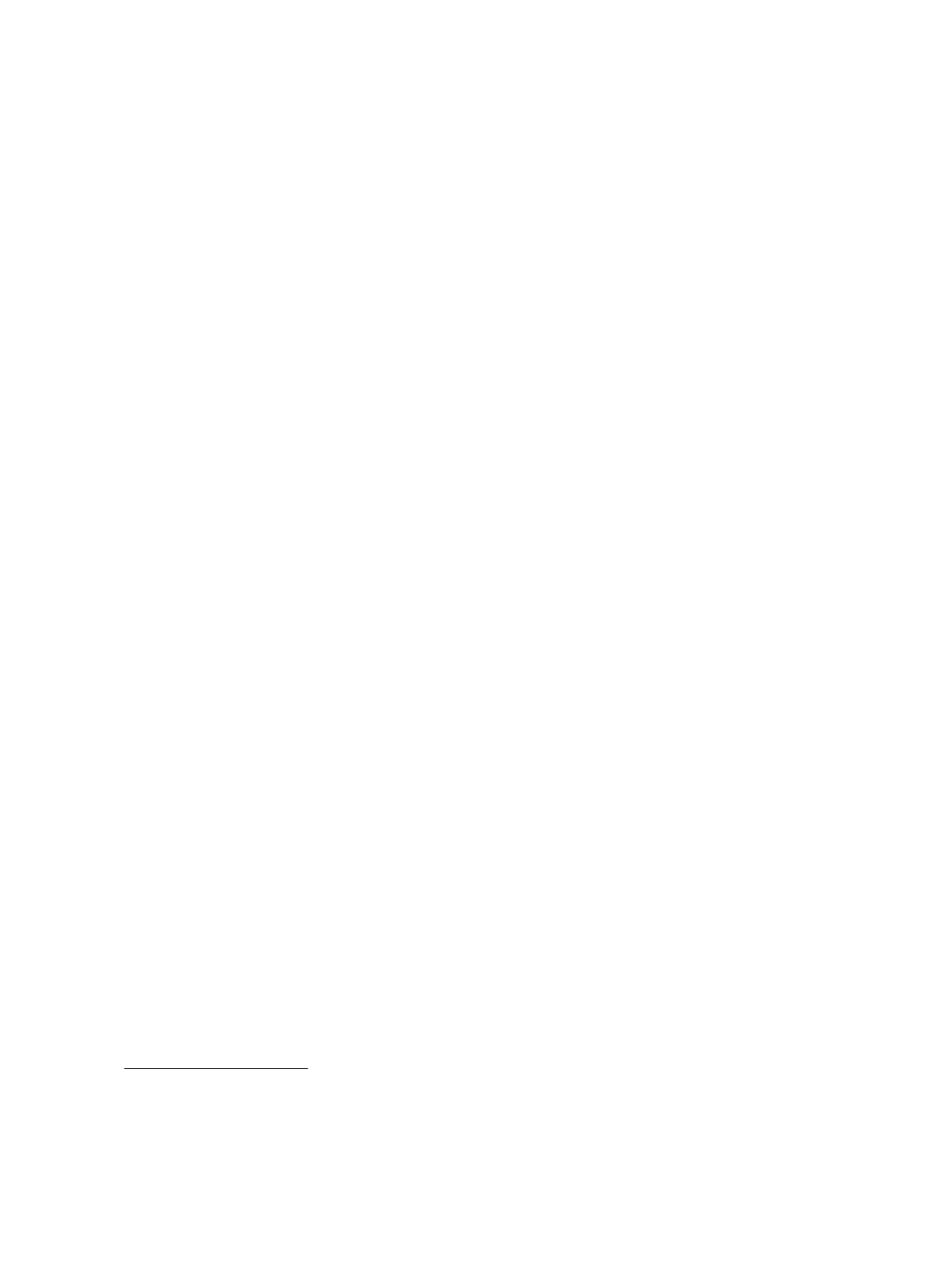

沙賓法
404
條及審計準則第
5
號是否會減少內部控制揭露錯誤?
256
1. Introduction
The Sarbanes-Oxley Act (SOX) of 2002 was enacted to assuage investors’ skepticism
after numerous high-profile accounting scandals. One of its main goals was to improve the
reliability of financial information quality by strengthening issuers’ assessment and the
reporting process of internal control over financial reporting (ICFR).
1
Section 404 of SOX
(hereafter SOX 404) was considered very controversial because the implementation of its
requirements, especially internal control audits, resulted in substantial increases in audit
fees (Eldridge and Kealey, 2005; Ettredge, Chan, and Scholz, 2007; Kinney and
Shepardson, 2011) and strong complaints by public companies to the Securities and
Exchange Commission (SEC) and Public Company Accounting Oversight Board
(PCAOB) (Johnson, 2005).
To mitigate the burdensome audit costs while preserving the benefits of internal
control audits, the PCAOB replaced Auditing Standard 2 (AS2) (PCAOB, 2004) with
Auditing Standard 5 (AS5) (PCAOB, 2007), and adopted a top-down, risk-based approach
for auditors to focus on the most important areas and to eliminate unnecessary testing
procedures. After the implementation of AS5, the number of material weakness
disclosures declined significantly. The SEC and practitioners questioned whether the
decline was due to failure to detect internal control weaknesses under AS5, because AS5
required less process-level testing than AS2 did (SEC, 2009a; Whitehouse, 2010).
Although the effect of both SOX 404 and AS5 on audit costs has received attention in
prior studies (e.g., Kinney and Shepardson, 2011; Wang and Zhou, 2012), our
understanding of the influence of these regulations on ICFR-disclosure quality remains
limited.
The purpose of this study is to provide systematic evidence of the effect of SOX 404
and AS5 on ICFR-disclosure quality. To overcome the difficulty that ICFR-disclosure
quality can neither be observed nor directly gauged, we measure ICFR-disclosure quality
by examining the likelihood that ICFR disclosures consist of reporting errors. We collect
the data of accelerated filers and divide the sample into restatement and non-restatement
companies. Because misstatements are indicative of ineffective internal control systems
1 Section 302 of SOX, effective for the fiscal years ending on or after August 29, 2002, requires
management to self-evaluate and conclude on the effectiveness of ICFR in periodic reports. Also,
Section 404 of SOX, effective for the fiscal years ending on or after November 15, 2004, mandates
that management prepare ICFR assessment in annual reports (Section 404a) and that the assessment be
attested by external auditors (Section 404b).


















